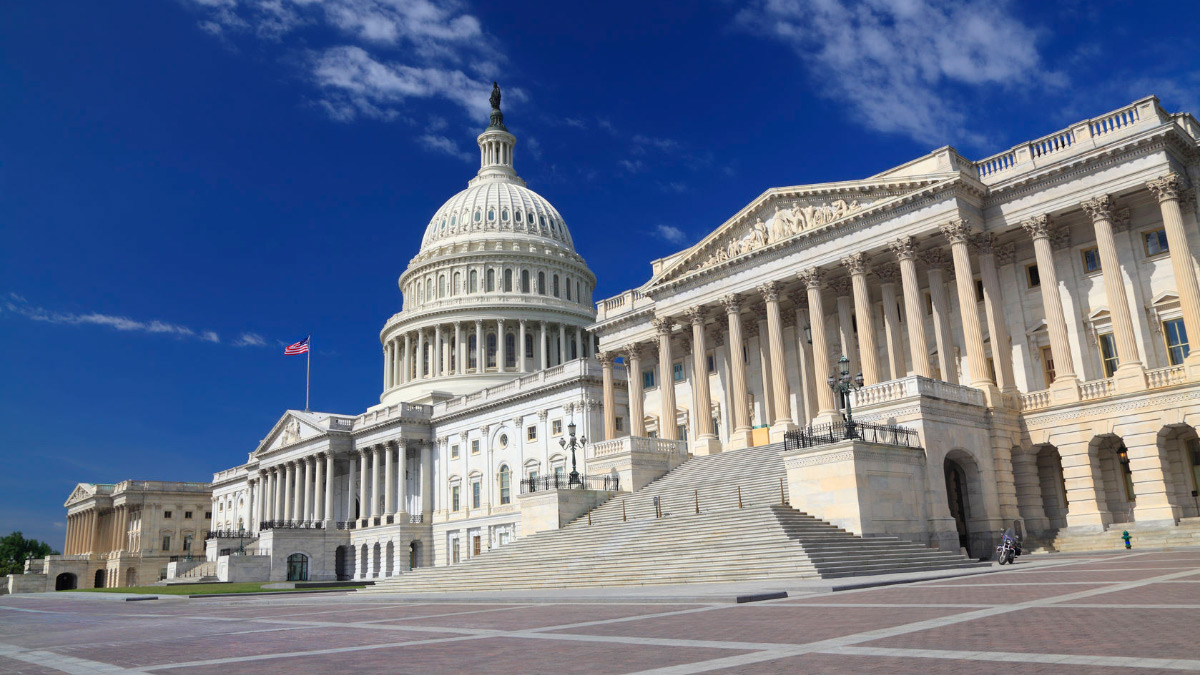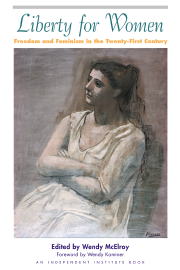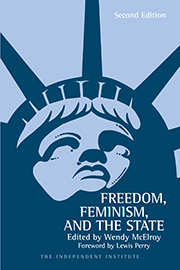November was Native American Heritage Month. But the focus then and since has been almost entirely upon Native American women. It is rare for the problems of Native American men to receive so much as a nod.
The women deserve attention. An Associated Press headlined “Despite past reforms, Native women face high rates of crime,” explains, “For generations, Native American women have been victimized at astonishing rates, with federal figures showing that more than half have encountered sexual and domestic violence at some point during their lives—even amid a wave of efforts aimed at reducing such crimes.” The men deserve attention, as well.
One of the “wave of efforts” mentioned by the Associated Press is the Violence Against Women Act (VAWA, H.R.6545), which determines federal and funding policy on sexual violence. Currently before Congress, VAWA will either be reauthorized or it will be extended into early 2019 for reauthorization at that point. Native American women is a core issue in the Act. The section “Safety for Indian Women” cites a stunning statistic from a National Intimate Partner and Sexual Violence Survey entitled “Violence Against American Indian and Alaska Native Women and Men.” It states, “More than 4 in 5 American Indian and Alaska Native women, or 84.3 percent, have experienced violence in their lifetime.”
There is a curious omission in the VAWA citation, however. A statistic appears immediately after the 84.3 percent one. It is: “More than 4 in 5 American Indian and Alaska Native men (81.6 percent) have experienced violence in their lifetime.” That is only 2.7 percent less violence experienced by men than by women. A few lines later, the survey reports that “55.5 percent” of women and “43.2 percent” of men “have experienced physical violence by an intimate partner.” Those figures differ by 12.3 percent.
The omission highlights an objection that has been associated with VAWA since its inception in 1994. What about male victims? In this specific case, where are the Native American men? The title of the Act provides an answer: the Violence Against Women Act. Male victims of violence are not a concern addressed by the bill. Why not?
Gordon E. Finley, Professor of Psychology at Florida International University explains, “While ... VAWA claims to fairly protect all victims of domestic violence, in reality it intentionally discriminates against about half of the victims—men ... Social science research literature is unambiguously clear. Domestic violence is initiated about equally by men and women; slightly more women than men are physically harmed, but men nonetheless still represent more than 40 percent” of victims.
In short, the Act benefits one class of victims while ignoring or blaming another class because VAWA is based on an ideological model, “which falsely presumes” that all sexual violence is perpetrated by males. The injustice of this presumption can be grasped by imagining a bill named the Violence Against White Women Act that excludes women of other races; it would cause outrage. It should cause outrage. Why is it less egregious to exclude victims on the basis of sex?
VAWA’s bias against men is apparent elsewhere, and the remedies to the assumed one-way violence of men against women are extreme. For example, VAWA proposes to give tribal authorities greater jurisdiction to punish non-Indians who commit crimes against their Indian partners on tribal land. The U.S. Census Bureau found that 46 percent of the population on reservations in 2010 were non-Natives, and that 59 percent of Native American women were married to non-Natives. This means that the expansion of tribal jurisdiction would significantly impact men, who would be denied the traditional protections of Western jurisprudence.
The statistics used to support this sweeping change to justice are shaky.
For example, VAWA states: “According to the Centers for Disease Control and Prevention (CDC), homicide is the third leading cause of death among American Indian and Alaska Native women between 10 and 24 years of age and the fifth leading cause of death for American Indian and Alaska Native women between 25 and 34 years of age.”
The figures may be accurate. Without knowing the year cited, it is difficult to verify them. But, accurate of not, explanations for the figures vary widely. A 2015 CDC report on Indian mortality pointed out, for example, that “rates for the non-Hispanic American Indian or Alaska Native...population should be interpreted with caution because of the high percentage of racial misclassification on death certificates (33 percent).”
Again, the question of murdered men does not arise.
A recent Associated Press article captured the difficulty of assessing the number of missing women. “No one knows precisely how many there are because some cases go unreported, others aren’t documented thoroughly and there isn’t a specific government database tracking these cases.” Nor does anyone know how many of the missing are run-aways. Nevertheless, the article observed, “one U.S. senator with victims in her home state calls this an epidemic.”
The internet abounds with accounts of missing women. Meanwhile, searches on missing Native men come up empty. No one asks the same questions about men as they do about women.
Crime is a burning problem for Native American communities and for Native American women. But everyone deserves to be protected against violence—women and men. People who show compassion for only one class of victim are not anti-violence; they are advocates of that particular class.
Any legislation that benefits one gender at the expense of another or one race at the expense of another is invalid on its face, and it should be rejected. VAWA is an insult to men and to women who value fairness.










